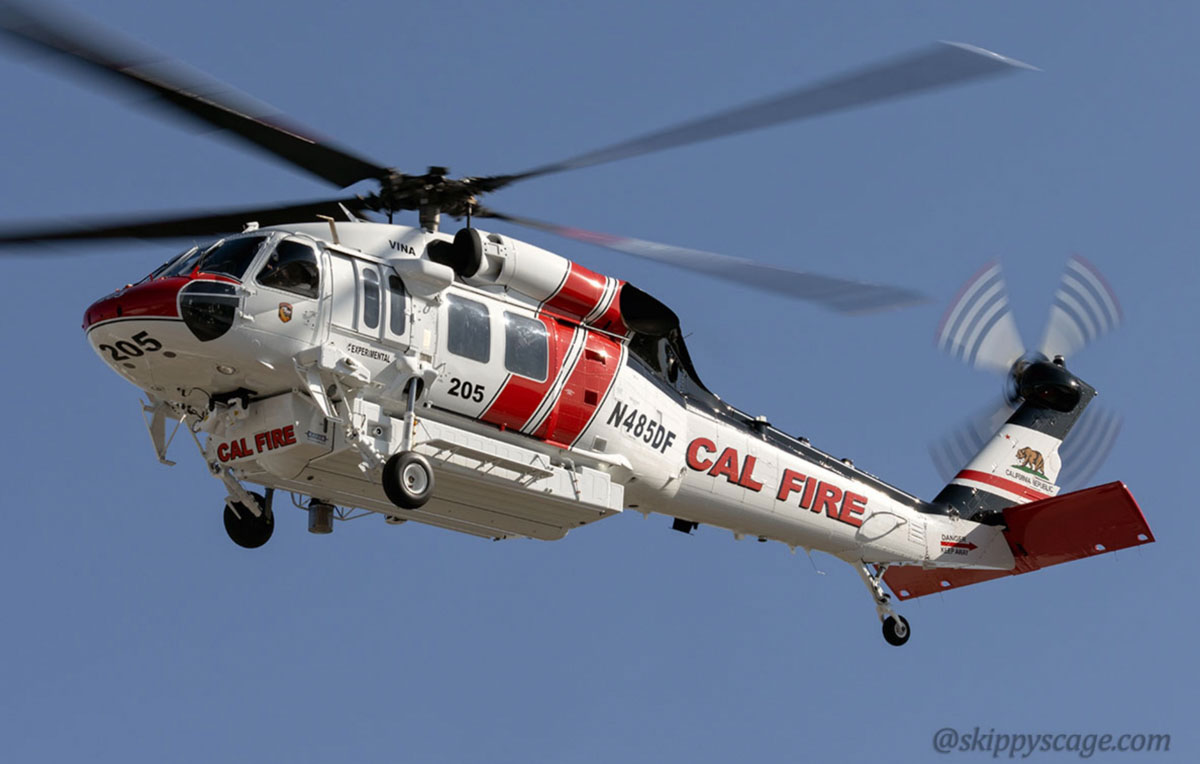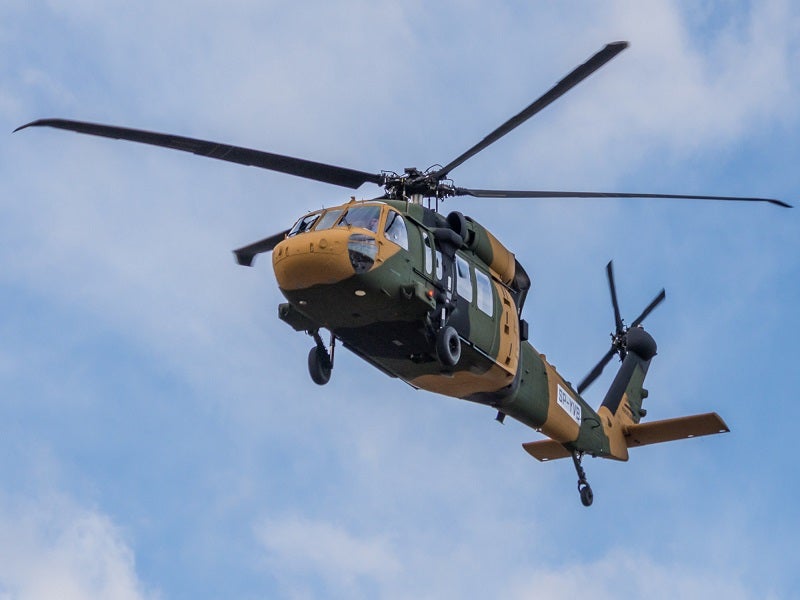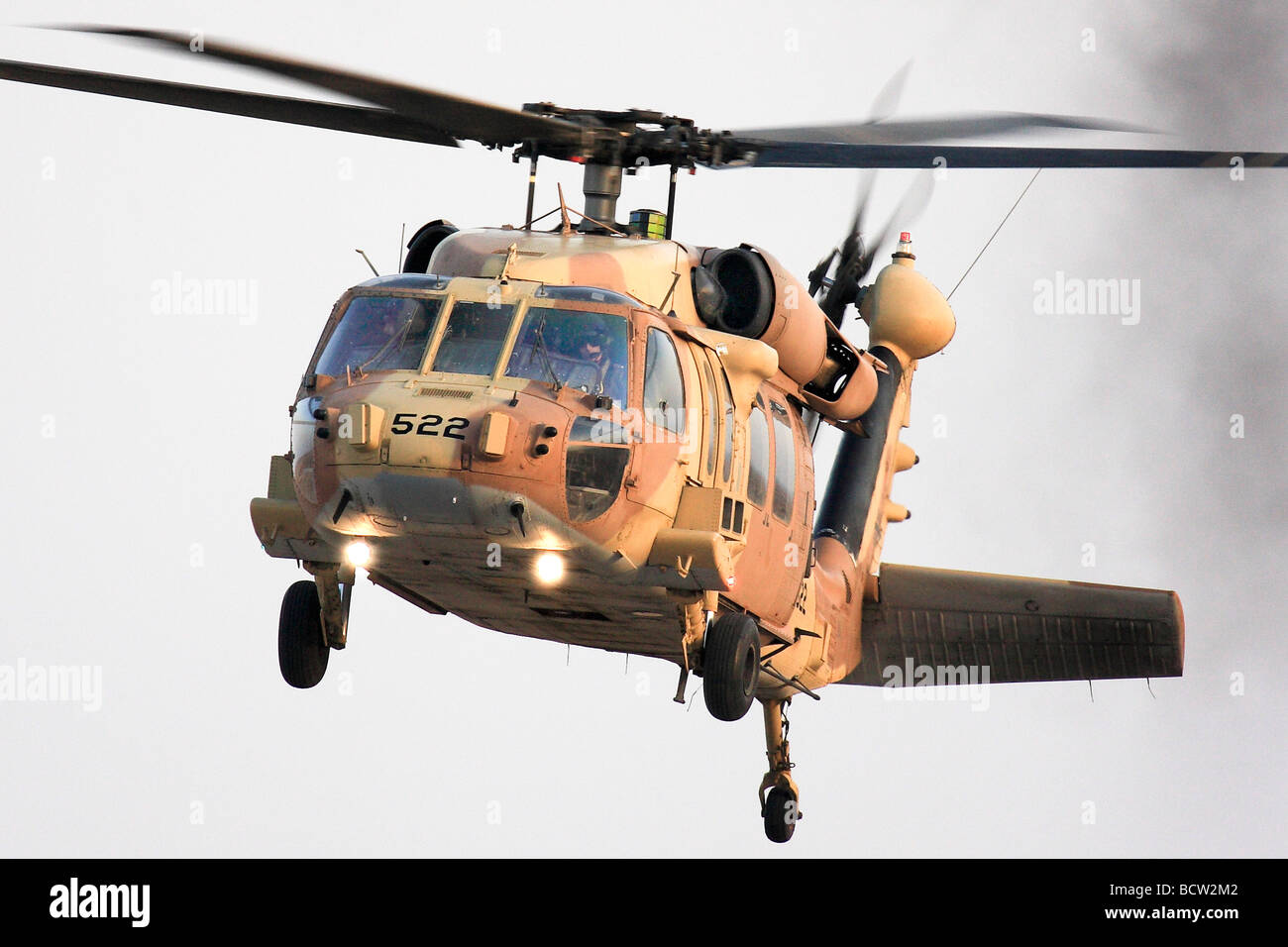High-Performance Multi-Role Rotorcraft Featuring Advanced Cockpit Technologies and Integrated Sensor Solutions
The realm of rotorcraft modern technology has seen significant developments in recent times, specifically in the world of high-performance multi-role rotorcraft outfitted with sophisticated cockpit technologies and seamlessly incorporated sensor systems. In the following discussion, we will certainly explore the evolution of rotorcraft technology, dig into the realm of sophisticated cockpit technologies, and take a look at the ramifications of incorporated sensing unit systems on the functional flexibility and performance of contemporary rotorcraft.
Development of Rotorcraft Technology
The development of rotorcraft innovation has been noted by significant advancements in the rules of aerodynamics, products, and propulsion systems, shaping the abilities and performance of modern rotorcraft. Wind resistant improvements have actually improved the performance and ability to move of rotorcraft, permitting boosted speed, dexterity, and stability during flight (sikorsky s 70). Technologies in materials, such as the usage of composite materials and advanced alloys, have brought about lighter yet stronger rotorcraft frameworks, enhancing total performance and toughness. Furthermore, innovations in propulsion systems, consisting of extra effective engines and innovative propulsion modern technologies, have actually enabled rotorcraft to accomplish greater altitudes, faster speeds, and higher hauls.
These improvements have not just transformed the abilities of rotorcraft but have actually likewise increased their applications throughout numerous markets, consisting of military, industrial, and emergency services. The continuous development of rotorcraft innovation remains to drive advancement in the field, pushing the boundaries of what is possible and shaping the future of vertical trip.
Advanced Cockpit Innovations
Building upon the fundamental developments in the rules of aerodynamics, products, and propulsion systems, the world of rotorcraft technology now changes focus towards pioneering Advanced Cabin Innovations. The combination of advanced technologies within the cabin atmosphere plays an important duty in enhancing the operational capabilities, safety and security, and effectiveness of modern rotorcraft. sikorsky s 70. Advanced Cabin Innovations incorporate a vast array of attributes made to give pilots with enhanced situational understanding, streamlined information management, and user-friendly control user interfaces
One of the key innovations in cockpit layout is the application of glass cabins, which replace typical analog evaluates with high-resolution display screens. These digital systems provide customizable layouts, real-time information assimilation, and improved readability, allowing pilots to access crucial info at a glance. Additionally, progressed avionics systems, such as fly-by-wire controls and increased reality screens, are reinventing exactly how pilots engage with the aircraft, enabling exact control and boosted decision-making capabilities.


Integrating advanced cockpit technologies not only enhances pilot efficiency but also adds to general goal performance and security in complicated functional atmospheres. By leveraging advanced innovations within the cabin, rotorcraft suppliers are establishing brand-new criteria for operational excellence and objective success.
Integrated Sensing Unit Solutions
With the evolution of rotorcraft innovation, the combination of innovative Integrated Sensing unit Systems has actually come to be extremely important in boosting operational effectiveness and security. These Integrated Sensing unit Equipments encompass a broad array of modern technologies that give important data for different functions such as navigating, monitoring, targeting, and environmental surveillance. read this post here By seamlessly incorporating sensors like radars, cams, lidar, and infrared systems right into rotorcraft, operators can gain from boosted situational awareness, boosted objective capabilities, and minimized pilot work.
One secret benefit of Integrated Sensing unit Systems is their ability to gather real-time information and give actionable understandings to pilots and goal drivers. Advanced radar systems can discover and track targets over long distances, enabling for early risk detection and reliable response preparation. Furthermore, incorporating electro-optical and infrared video cameras allows rotorcraft to perform reconnaissance and security goals with precision and precision.
Fundamentally, the integration of advanced sensor modern technologies into rotorcraft not just improves operational effectiveness yet additionally adds substantially to general goal success and crew safety. As rotorcraft remain to develop, the duty of Integrated Sensor Equipment will most certainly continue to be at the forefront of advancement in the aerospace market.
Functional Versatility and Efficiency
Enhancing operational versatility and performance in rotorcraft is an all-natural development from the combination of advanced Integrated Sensor Equipments. By leveraging the understandings and data supplied by these cutting-edge sensing unit systems, rotorcraft can enhance their performance across numerous goals and environments.
Operational adaptability incorporates the ability of rotorcraft to adapt to various roles and situations effectively. With innovative cockpit innovations and integrated sensing unit systems, rotorcraft can effortlessly shift in between tasks such as search and rescue, medical emptying, monitoring, and more. This versatility boosts the rotorcraft's capability to fulfill diverse functional requirements without needing comprehensive reconfiguration.
Performance in rotorcraft operations is crucial for making the most of goal performance and resource usage. Integrated sensing unit systems play a pivotal role in improving functional effectiveness by supplying real-time information on climate condition, surface mapping, target monitoring, and a lot more. This data makes it possible for pilots to make educated choices quickly, optimize flight courses, preserve gas, and improve total mission productivity.
Influence On Modern Aeronautics Procedures

In addition, the integration of sophisticated sensors helps with enhanced mission preparation and implementation, making it possible for rotorcraft to do a wide variety of jobs with improved precision. From search and rescue operations to aerial firefighting and police objectives, the abilities of contemporary rotorcraft equipped with innovative cabin technologies and integrated sensing unit systems are unmatched.
In addition, the influence of these developments extends beyond functional effectiveness to cost-effectiveness and Continued sustainability. By enhancing flight paths, gas usage, and upkeep timetables, high-performance rotorcraft furnished with innovative cabin modern technologies and sensors add to lowering functional prices and environmental effect, making them indispensable properties in modern aviation operations.
Final Thought
In verdict, the high-performance multi-role rotorcraft with sophisticated cockpit modern technologies and integrated sensing unit systems stands for a considerable evolution in aviation technology. These advancements improve operational flexibility and effectiveness, eventually impacting modern aviation operations in a positive way. The integration of these sophisticated technologies permits improved capacities and efficiency in numerous objective scenarios, showcasing the continued development of rotorcraft technology in the aeronautics market.
The realm of rotorcraft technology has seen remarkable improvements in recent times, specifically in the realm of high-performance multi-role rotorcraft geared up with advanced cabin innovations and seamlessly incorporated sensor systems. From boosted objective versatility to enhanced operational performance, the convergence of sophisticated cockpit modern technologies and integrated sensing unit systems has ushered in a new era of opportunities for rotorcraft applications. In the following conversation, we will certainly discover the development of rotorcraft modern technology, dive right into the realm of sophisticated cockpit advancements, and analyze the effects of integrated sensing unit systems on the operational flexibility and performance of modern rotorcraft.
